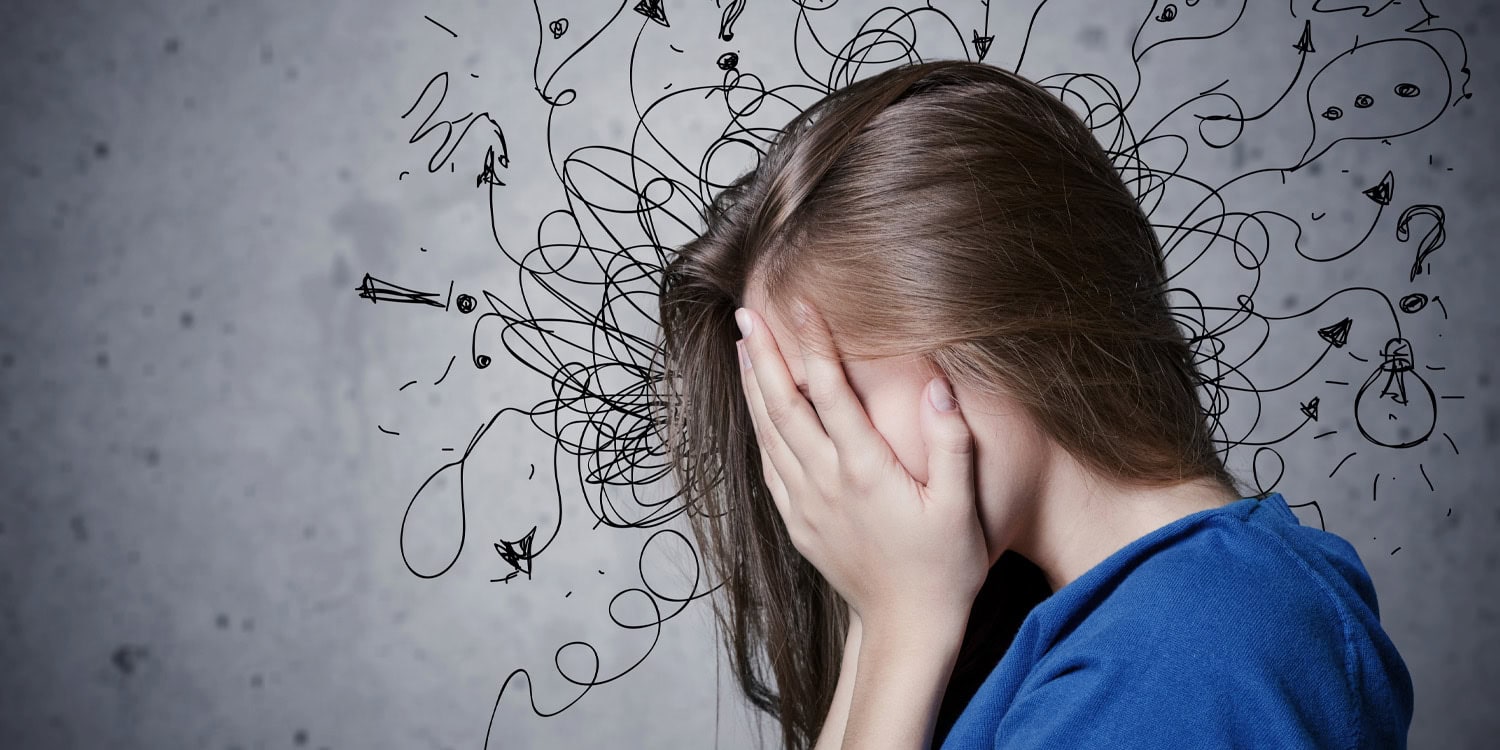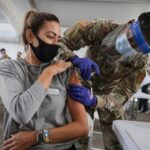A new study published in BMC Psychiatry provides insights into how adults with Attention Deficit Hyperactivity Disorder (ADHD) process tactile information differently from neurotypical adults. Researchers found that adults with ADHD were more sensitive to touch stimuli, both in self-reports and experimental conditions. These findings suggest that individuals with ADHD might experience sensory overload related to touch, and this sensitivity appears to be specifically linked to inattention symptoms.
ADHD is a common neurodevelopmental disorder that affects both children and a significant number of adults. The core symptoms include inattention, hyperactivity, and impulsivity. While sensory sensitivities are widely discussed in ADHD self-help literature, empirical research on the topic is limited, especially for adults. Previous studies have mostly focused on children and relied heavily on self-reports or parent observations, rather than direct scientific measurements.
The researchers aimed to fill this gap by conducting an empirical investigation into how touch sensitivity might be altered in adults with ADHD. They sought to explore whether heightened sensitivity to touch could be linked to the difficulties with attention and hyperactivity that characterize ADHD. By comparing both subjective (self-reported) and objective (experimentally measured) tactile sensitivity between adults with ADHD and neurotypical adults, they aimed to understand the relationship between sensory sensitivity and ADHD symptoms more clearly.
“Touch sensitivity in ADHD is widely reported in clinics and even on social media and ADHD self-help sites, but there hasn’t been much empirical research on this aside from self-reports or parent-reports, and most of the research on ADHD in general is focused on children,” said study author Morgan Frost-Karlsson, a PhD student at Linköping University.
“ADHD often persists into adulthood and can significantly impact everyday functioning, so we thought it was important to investigate touch sensitivity in adults with an experimental study to see if we could find evidence for touch sensitivity and if it was related to core ADHD symptoms (inattention, hyperactivity, impulsivity).”
The study involved 51 adults—27 with ADHD and 24 neurotypical controls. The ADHD participants were recruited from a psychiatric clinic and had all been diagnosed with ADHD by a psychiatrist. None of the participants had co-occurring psychiatric disorders or major health concerns, and all participants were asked to refrain from taking ADHD medication for 24 hours before participating in the study. Neurotypical participants were matched by age and gender with the ADHD participants. Both groups completed questionnaires about their ADHD symptoms and touch sensitivity.
To objectively measure tactile sensitivity, the researchers used a technique called somatosensory evoked potentials (SEPs). SEPs are brainwave patterns that occur in response to sensory stimuli, in this case, electrical stimulation of the radial nerve in the arm. The intensity of the electrical stimulation was adjusted for each participant to ensure it was tolerable but not painful.
Participants were subjected to three types of touch conditions: self-touch, where they stroked their own arm; other-touch, where the experimenter stroked the participant’s arm; and object-touch, where participants stroked an inanimate object. The electrical stimulation was delivered at the same time as the touch conditions, and brain activity was recorded using electrodes placed on the scalp and neck.
In addition to SEPs, participants also completed a task called the QbTest, which is designed to measure inattention, hyperactivity, and impulsivity. The researchers then analyzed the relationship between the participants’ ADHD symptoms, their tactile sensitivity, and their brain activity in response to the touch stimuli.
The researchers found clear differences between the adults with ADHD and the neurotypical controls. First, participants with ADHD reported higher sensitivity to touch than neurotypical participants, supporting the idea that adults with ADHD experience sensory overload more acutely. They also showed lower tolerances for electrical stimulation, meaning they found it more uncomfortable at lower levels of intensity compared to the neurotypical participants.
In terms of brain activity, adults with ADHD exhibited more significant reductions in SEP amplitudes during both self-touch and other-touch conditions compared to the neurotypical group. This suggests that individuals with ADHD experience greater difficulty integrating touch stimuli, which may indicate sensory overload. Interestingly, these differences were not observed during the object-touch condition, implying that the differences are related to touch that involves the body, whether self-generated or from another person.
“We expected to see a greater difference in brain activation between self-touch and touch by another person in the ADHD group compared to the neurotypical group (as we found in our previous MRI study), but instead we found the ADHD group had a greater decrease in activation overall for both conditions,” Frost-Karlsson told PsyPost.
“We suspect that this is because the ADHD group experienced sensory overload with both the stimulus and the stroking occurring at the same time and had more difficulty integrating the tactile information (in a similar manner as, anecdotally, patients may have trouble ignoring the seams of their socks or the tags in their clothing). Correlations between inattention symptoms and brain activation support this explanation.”
Moreover, the study found that greater differences in brain activity (as reflected by SEP amplitudes) were correlated with higher self-reported ADHD symptom severity, particularly inattention. This suggests that the difficulty individuals with ADHD have in processing tactile information may be closely linked to their inattention symptoms. While the study did not find strong links between hyperactivity symptoms and tactile sensitivity, the relationship between inattention and touch sensitivity was clear.
“As far as we know, this is the first time touch sensitivity has been experimentally studied in adult ADHD,” Frost-Karlsson said. “We found that ADHD symptoms and touch sensitivity are directly linked, both neurally and behaviorally. We also found evidence of tactile sensory overload in ADHD and an indication that it is specifically linked to inattention.”
The research sheds new light on the relationship between tactile sensitivity and ADHD in adults. However, it is not without limitations. One such limitation is the homogeneity of the sample. In other words, the ADHD participants were relatively similar to one another. Specifically, they were high-functioning adults without other common issues like psychiatric disorders or substance abuse, which are often seen in people with ADHD.
“In order to have a well-controlled study, we needed to exclude participants who had comorbid diagnoses,” Frost-Karlsson explained. Additionally, those who participated needed to be able to schedule and attend the study appointment, remember not to take their medication for 24 hours before the appointment, and understand all of the written and verbal instructions.”
“This excludes much of the ADHD population, as ADHD is highly comorbid with other psychiatric syndromes and those with more severe ADHD have difficulty planning and keeping appointments. Therefore, the generalizability of our results is limited to a very homogeneous subgroup of those with ADHD.”
Future research could build on these findings by exploring tactile sensitivity in a more diverse ADHD population, including those with comorbid conditions. It could also investigate the effects of stimulant medications on tactile processing, as these medications might influence how individuals with ADHD experience sensory stimuli.
The study, “Altered somatosensory processing in adult attention deficit hyperactivity disorder,” was authored by Morgan Frost-Karlsson, Andrea Johansson Capusan, Håkan Olausson, and Rebecca Boehme.




